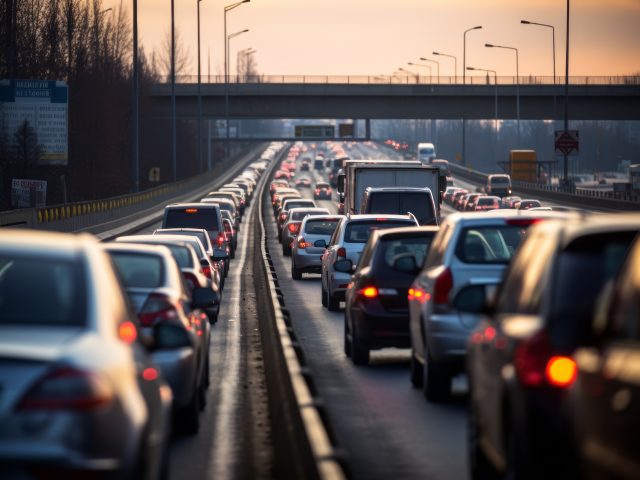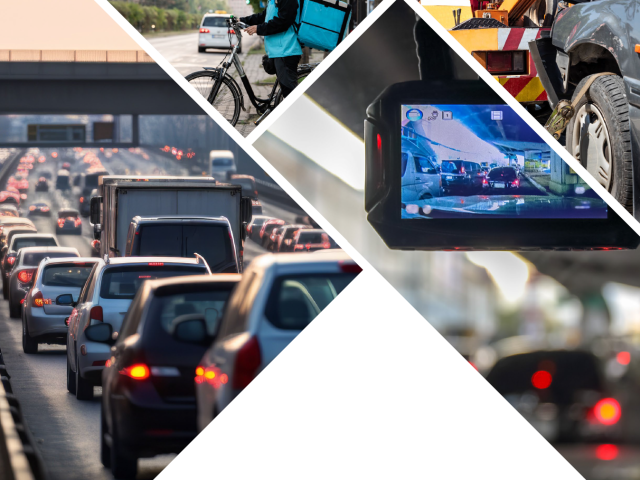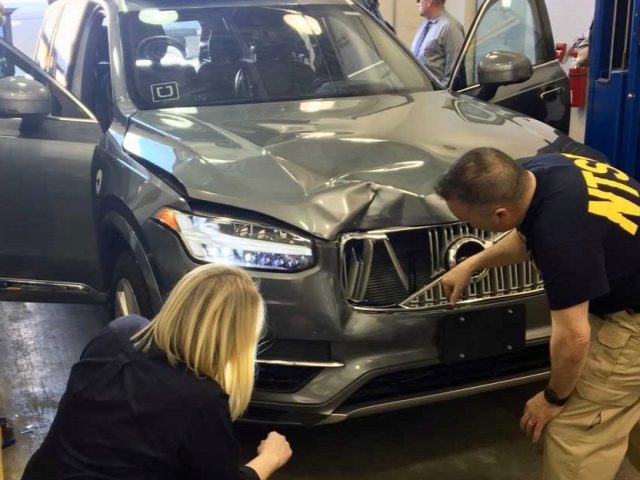SUVs and pickups make the roads less safe for car occupants, pedestrians and cyclists – Belgian study
In recent years, cars have become heavier, taller and more powerful. A new study from the VIAS Institute in Belgium shows how this is impacting injuries and deaths, according to real-world data.
The study looked at all crashes in Belgium between 2017 and 2021 relating to 300,000 car passengers and vulnerable road users. The key findings were:
Vehicle mass
Occupants of heavier vehicles are less likely to be seriously or fatally injured, while their opponents are more likely to suffer serious or fatal injuries. In a collision between a car weighing 1600 kg and a lighter car weighing 1300 kg, the risk of fatal injury decreases by 50% for the occupants of the heavier car but increases by almost 80% for the occupants of the lighter car. If the mass is increased by 300 kg, the risk of fatal injury is 30% higher for vulnerable road users.
Vehicle power
The occupants of a car with 50kW more power than another vehicle are 65% less likely to suffer fatal injuries than the occupants of that other vehicle. On the other hand, the occupants of a car hit by a vehicle with 50 kW more power than the average are 125% more likely to suffer fatal injuries.
Bonnet height
The risk of fatal injuries to vulnerable road users increases as the bonnet height of the vehicle hitting them increases. For example, a pedestrian or cyclist hit by a car with a bonnet 90 cm high runs a 30% greater risk of fatal injury than if hit by a vehicle with a bonnet 10 cm lower.
Pick-ups
The occupants of a pick-up are less likely to suffer serious or fatal injuries than the occupants of a car, while their opponents are more likely to be seriously or fatally injured than those hit by a car. The risk of serious injury decreases by 65% for occupants of a pick-up but increases by 50% for occupants of a car involved in an accident with a pick-up.
For a pedestrian or cyclist hit by a pick-up, the risk of serious injury increases by 90% and the risk of fatal injury by almost 200%.
SUVs
SUV occupants are less likely to suffer serious or fatal injuries than car occupants. Occupants of a car involved in an accident with an SUV have a higher risk of serious injury. The risk of serious injury decreases by 25% for SUV occupants but increases by 20% for occupants of a car involved in an accident with an SUV.
The average weight of cars has increased by almost 30% (from 1186 kg in 2000 to 1521 kg in 2021); the average power of cars has increased by 60% (from 65 kW in 2000 to 103 kW. The average bonnet height of cars has increased by 15% (from 73 cm to 83 cm).
Ellen Townsend, ETSC director of policy said:
“This study shows how the car industry’s relentless push to sell ever larger and heavier SUVs in every segment is bad news for road safety, but particularly for those driving smaller, more efficient vehicles, and vulnerable road users. This trend is only getting worse with electrification as SUVs also need the heaviest batteries. It’s critically important that the EU, national governments and local authorities push the market towards vehicles that are more fit for purpose and safer for all road users.”







